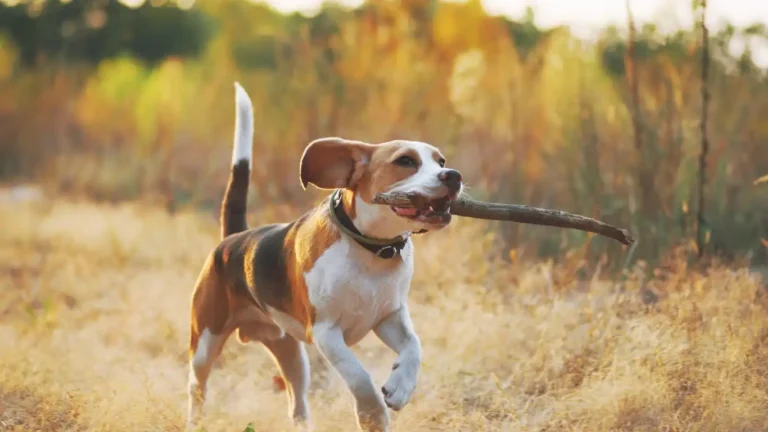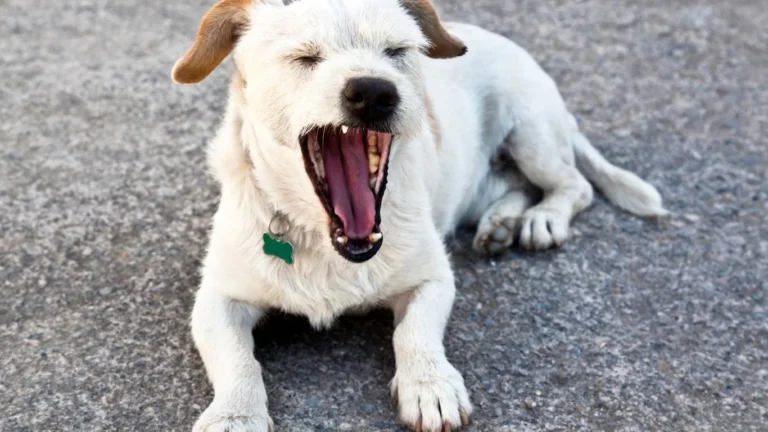Raw Dog Food Diet: The Truth About Benefits & Risks Every Owner Must Know
Is raw food better for dogs? Pros and cons—it’s a hot debate in the pet world. As a pet nutritionist who has worked with countless dog owners in veterinary clinics, I’ve seen it all—glowing testimonials of dogs thriving on raw diets and cautionary tales of unexpected health issues. Some pet parents swear by the benefits, while others hesitate, worried about safety and balance. So, let’s dive deep into this raw vs. kibble debate and figure out what’s best for your furry friend.
Understanding the Raw Dog Food Diet

The raw food diet for dogs is exactly what it sounds like—feeding them uncooked, natural foods. Typically, a raw diet includes:
- Raw meat (chicken, beef, turkey, fish, etc.)
- Raw bones (never cooked, as cooked bones can splinter)
- Organ meats (liver, kidney, heart)
- Raw eggs
- Fruits and vegetables (carrots, spinach, apples—no grapes or onions!)
- Supplements like fish oil or probiotics
Many raw feeders believe this is the most natural and species-appropriate way to feed dogs, inspired by their wild ancestors, who thrived on raw prey.
Pros of Feeding Raw Food to Dogs

Many pet parents who transition their dogs to raw report amazing changes. Based on my experience, here are some of the key benefits:
1. Shinier Coat and Healthier Skin
One of the first things I noticed when clients switched their dogs to raw diets was the dramatic improvement in their coats. Raw food is rich in natural fats and omega-3s, leading to a glossy, healthy shine.
2. Improved Digestion and Smaller Stools
Raw diets often contain fewer fillers and grains than kibble, meaning less waste. Many owners are thrilled to find that their dog’s poop becomes smaller, firmer, and less smelly—less backyard cleanup is always a win!
3. Increased Energy and Vitality
Some dogs on raw food diets seem to have a new pep in their step. The high protein content provides sustained energy, especially beneficial for active breeds like Huskies and Border Collies.
4. Better Dental Health
Raw bones act as nature’s toothbrush, scraping off plaque and tartar. I’ve personally seen cases where dogs prone to dental disease improved significantly after incorporating raw bones into their diet.
Cons of Feeding Raw Food to Dogs
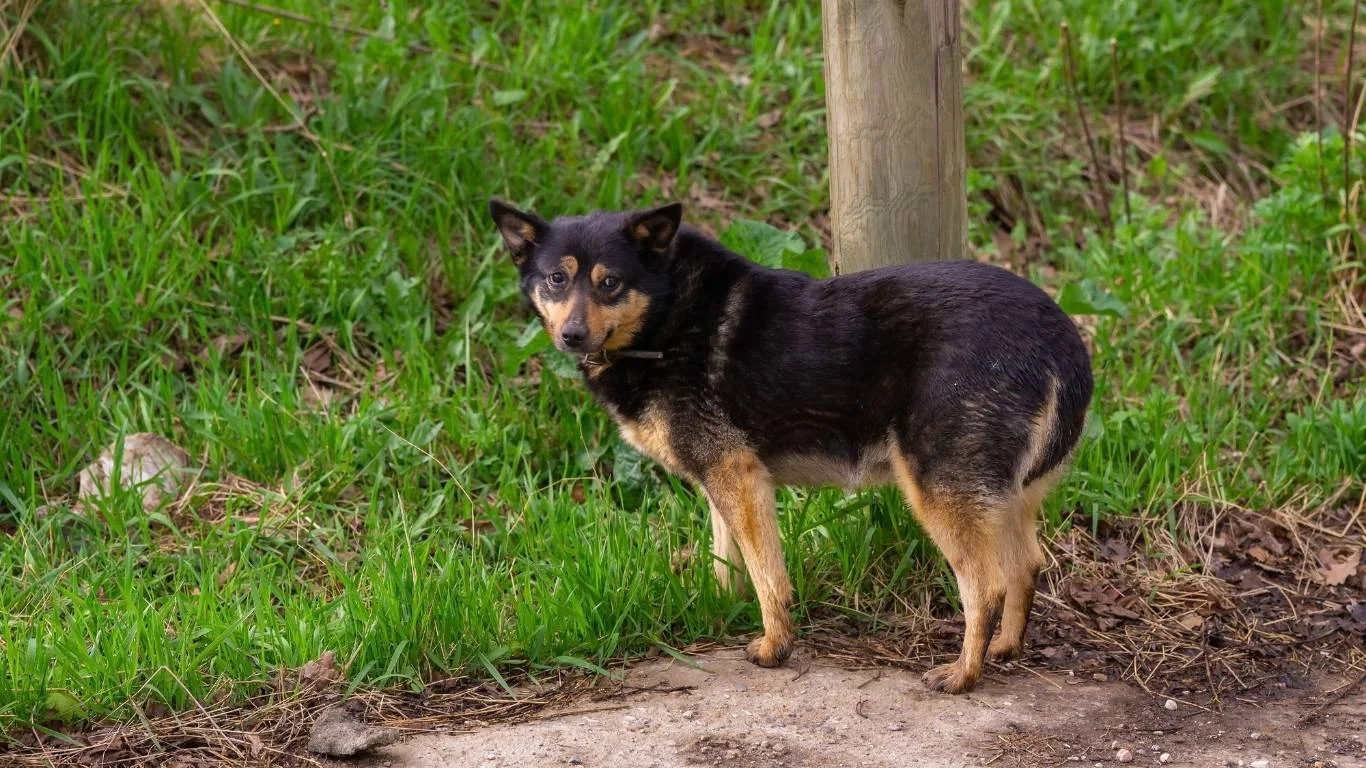
Despite the potential benefits, raw feeding isn’t without risks. Here are some concerns dog owners should consider:
1. Risk of Bacterial Contamination
Raw meat carries bacteria like Salmonella and E. coli, which can be harmful to both dogs and humans. Safe handling, freezing, and portion control are essential to minimize these risks.
2. Nutritional Imbalance
A poorly planned raw diet can lead to deficiencies in essential nutrients like calcium, phosphorus, and certain vitamins. This is especially concerning for growing puppies and senior dogs with specific dietary needs.
3. Cost and Convenience
Raw feeding can be expensive and time-consuming. Unlike scooping kibble from a bag, raw diets require meal prep, storage space, and precise portioning to ensure balance.
Common Myths About Raw Feeding
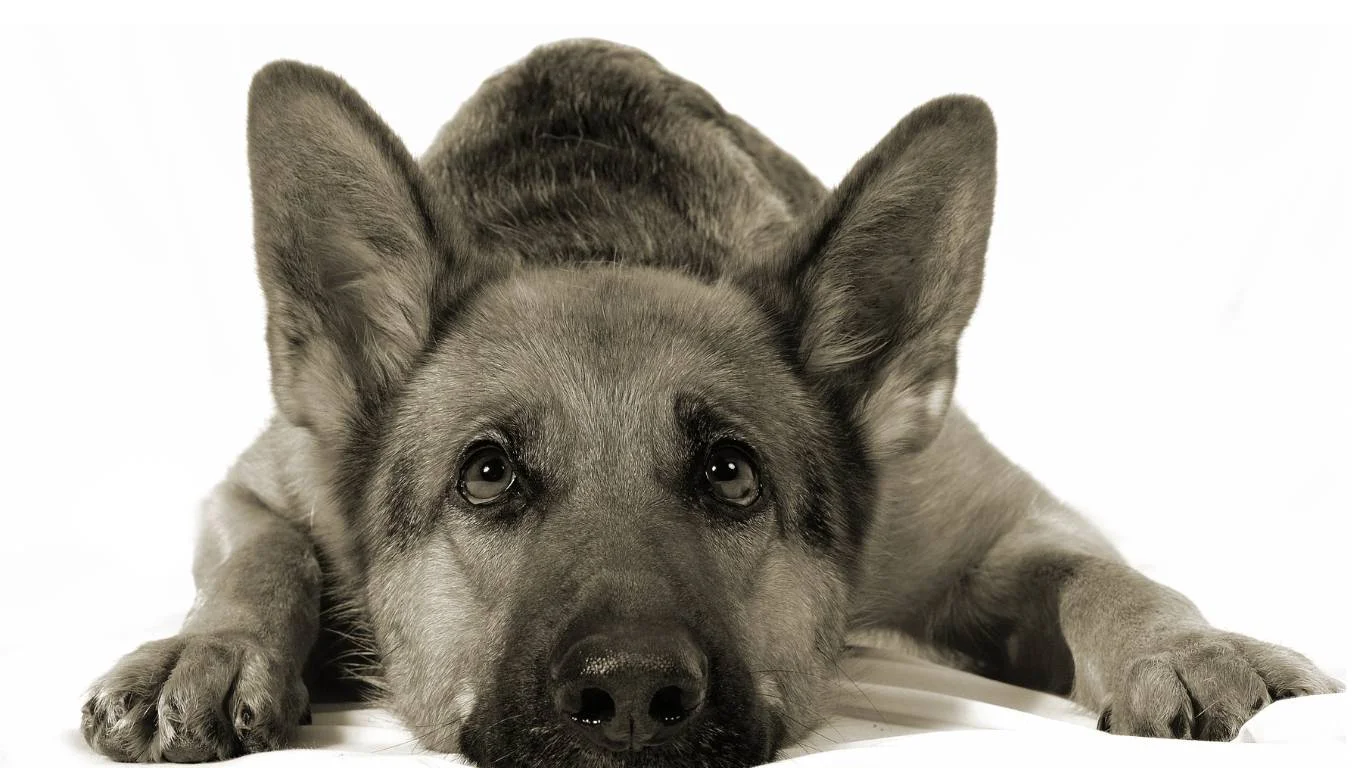
Raw feeding is a hot topic, and with that comes a lot of misinformation. Over the years, I’ve had countless conversations with pet parents who were hesitant to switch due to some common myths. Let’s clear up some of the biggest misconceptions.
1. Raw Diets Are Dangerous Because of Bacteria
This one comes up all the time. Yes, raw meat can carry bacteria, but so can kibble, treats, and even human food. The key is safe handling—washing hands, disinfecting surfaces, and storing raw food properly. Interestingly, dogs have highly acidic stomachs designed to handle bacteria much better than we can.
2. Raw Bones Are Too Risky
Cooked bones? Absolutely dangerous. They splinter easily and can cause choking or internal injuries. Raw bones, however, are a different story. They are softer, safer, and provide great dental benefits. I always advise clients to start with larger, meaty bones that match their dog’s size—never small ones that could be swallowed whole.
3. All Raw Diets Are Automatically Balanced
Just because it’s raw doesn’t mean it’s nutritionally complete. A proper raw diet needs a good balance of muscle meat, organs, bones, and the right nutrients. That’s why following a well-researched meal plan or consulting a pet nutritionist (like me!) is crucial.
How to Transition Your Dog to a Raw Diet

Switching your dog to raw isn’t as simple as tossing a steak in their bowl. A sudden diet change can upset their stomach, so a gradual transition is best. Here’s a step-by-step approach that has worked for many of my clients:
Step 1: Start with a Slow Introduction
Begin by mixing a small amount of raw food with your dog’s current diet. This allows their digestive system to adjust. Increase the raw portion gradually over 7-10 days.
Step 2: Choose a Single Protein Source
Start with one protein, like chicken or turkey, before introducing others. This helps identify any food sensitivities early on.
Step 3: Add Bones and Organs Slowly
Once your dog is comfortable with muscle meat, introduce raw bones and organ meats. Keep an eye on stool consistency—too much organ meat too soon can cause loose stools.
Step 4: Monitor and Adjust
Every dog is different. Some take to raw food instantly, while others need more time. Watch for any signs of digestive upset, and adjust portions as needed.
Who Should Avoid a Raw Diet?
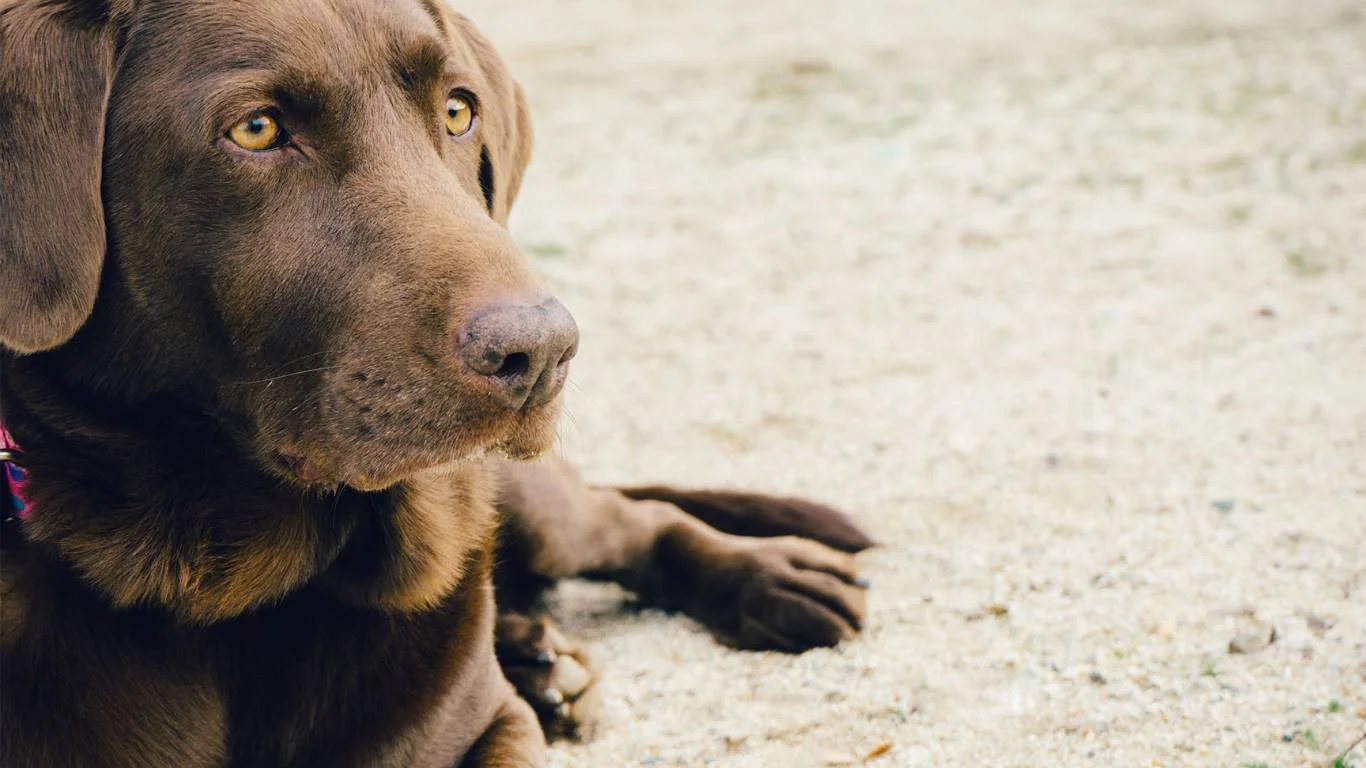
While raw feeding has many benefits, it’s not the best choice for every dog. Here are some cases where a raw diet might not be ideal:
- Dogs with weakened immune systems: Senior dogs or those with medical conditions may not handle raw bacteria as well as healthy dogs.
- Puppies with specific nutritional needs: Young puppies require precise nutrient ratios for proper growth. If not carefully planned, a raw diet could lead to deficiencies.
- Dogs with food sensitivities: Some dogs have allergies or intolerances to common raw proteins. These dogs may do better with a specialized cooked or prescription diet.
- Owners who can’t commit to the prep: Raw feeding requires time, effort, and research. If you can’t consistently provide a balanced raw diet, a high-quality commercial diet may be a better option.
At the end of the day, every dog is different. What works for one may not work for another, and that’s okay. The most important thing is providing a diet that keeps your pup healthy and happy.
Cost Considerations: Is Raw Feeding Expensive?

One of the biggest concerns I hear from pet parents is the cost of a raw diet. There’s a common belief that feeding raw is way more expensive than kibble, but the truth is—it depends. Let’s break down the financial aspect of raw feeding.
What Factors Influence Cost?
- Size & Breed of Your Dog: A 10-pound Chihuahua eats a fraction of what a 90-pound Labrador needs.
- Where You Source Your Meat: Buying in bulk from local butchers or co-ops can be more affordable than pre-packaged raw diets.
- Homemade vs. Commercial Raw: DIY raw diets (if properly balanced) tend to be cheaper than store-bought raw meals.
- Quality of Ingredients: Organic, grass-fed meats will naturally cost more than conventional cuts.
Ways to Make Raw Feeding More Affordable
If you’re worried about cost, here are some smart strategies to save money without sacrificing quality:
- Buy in Bulk: Many pet parents join raw feeding co-ops to get wholesale prices.
- Use Local Butchers: Ask about organ meat and raw meaty bones—they’re often cheaper than muscle cuts.
- Mix with High-Quality Kibble: If full raw isn’t in your budget, a hybrid diet can still provide many benefits.
- Meal Prep in Batches: Prepping large portions at once saves time and money.
Potential Risks and How to Avoid Them
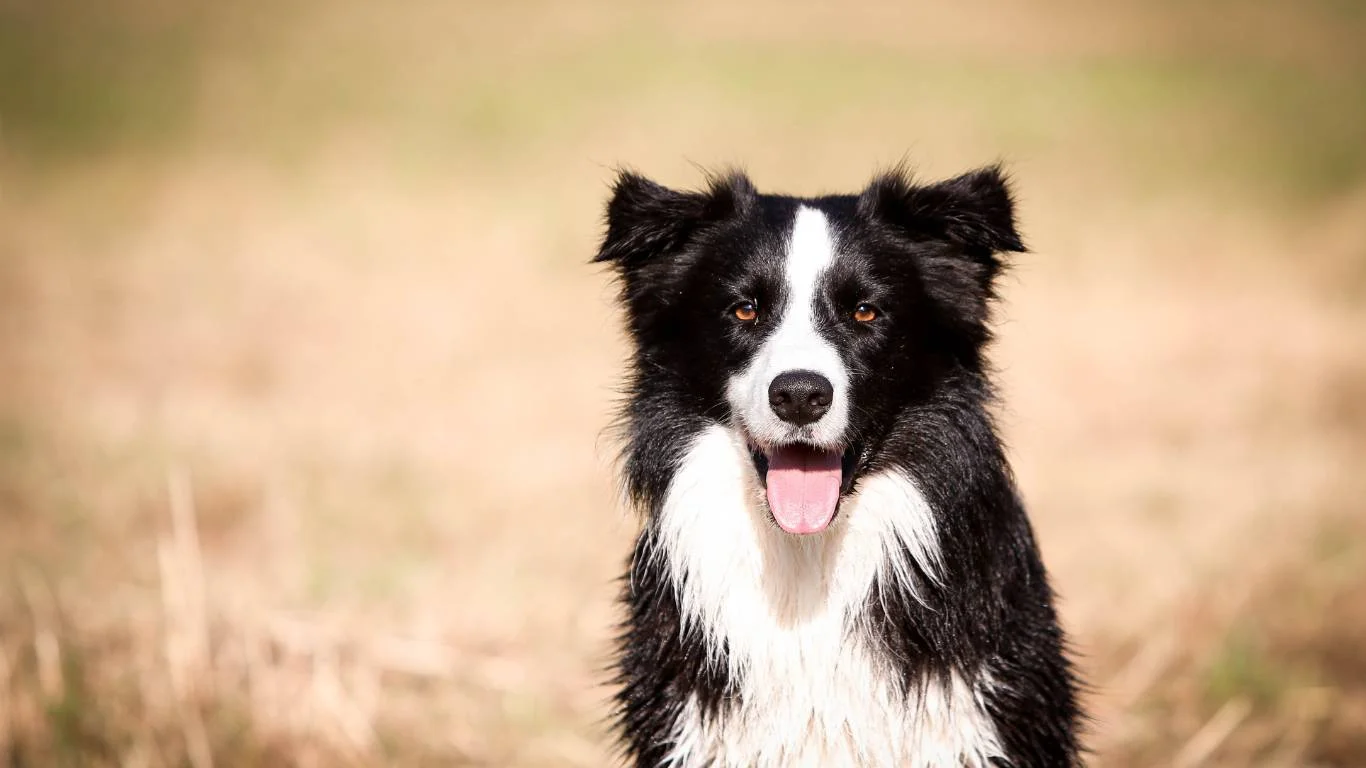
As much as I advocate for raw feeding, I also believe in being realistic about the risks. Like any diet, raw feeding comes with its own set of challenges—but with the right approach, you can minimize potential issues.
Nutritional Imbalances
The biggest mistake I see is pet parents feeding just raw meat, assuming it’s enough. Dogs need a balanced mix of muscle meat, organ meat, and bone to get essential nutrients.
Solution: Follow a scientifically-backed raw feeding formula or consult a pet nutritionist (that’s where I come in!).
Choking Hazards
Some dogs gulp their food without chewing, which can be risky with whole bones.
Solution: Choose appropriately sized bones and supervise meal times.
Bacterial Contamination
Salmonella and E. coli are concerns, but they’re not exclusive to raw diets. Kibble recalls due to bacterial contamination happen too!
Solution: Practice proper hygiene—wash hands, clean bowls, and store raw food properly.
Final Thoughts: Is Raw Feeding Right for Your Dog?
At the end of the day, there’s no one-size-fits-all diet. While a raw diet offers incredible benefits, it also requires commitment, research, and careful planning. If done correctly, it can lead to improved digestion, healthier skin and coat, better dental health, and increased energy levels.
But let’s be real—raw feeding isn’t for everyone. If you’re unsure, start small. Try incorporating fresh, raw foods alongside your dog’s regular diet and observe how they respond.
And as always, when in doubt, consult your veterinarian or a certified pet nutritionist to ensure you’re making the best choice for your furry companion.
References
- American Kennel Club (AKC) – Raw Feeding Guide
- U.S. Food & Drug Administration (FDA) – Pet Food Safety
- American Veterinary Medical Association (AVMA) – Raw Diet Risks & Benefits
Disclaimer
The information in this article is for educational purposes only and is not a substitute for professional veterinary advice. Always consult with your veterinarian before making significant changes to your dog’s diet.



